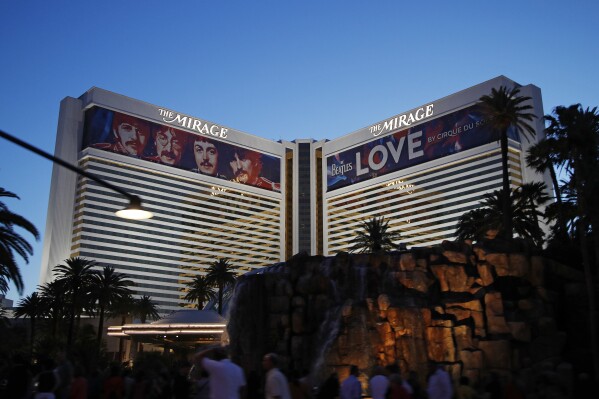Options by strike price classification
When comparing the strike price to the current stock price, there are two scenarios: higher than the current stock price (Covered) and lower than the current stock price (Naked). So, options with different strike prices can be classified into 8 types:

Long Covered Call
Buying a call option with a strike price > stock price.
Long Naked Call
Buying a call option with a strike price < stock price.
Sell Covered Call
Selling a call option with a strike price > stock price.
Sell Naked Call
Selling a call option with a strike price < stock price.
Long Covered Put
Buying a put option with a strike price > stock price.
Long Naked Put
Buying a put option with a strike price < stock price.
Sell Covered Put
Selling a put option with a strike price > stock price.
Sell Naked Put
Selling a put option with a strike price < stock price.
The reason for this classification is that the significance behind whether the strike price is higher (Covered) or lower (Naked) than the stock price is very different.
Long Naked Call
Let’s take Long Naked Call (buying a call option with a strike price < stock price) as an example. I believe Long Naked Call is essentially like adding extra leverage to buying a stock.
For example, let’s say a stock is priced at $100, and you buy a call option with a strike price of $50. Since the strike price is $50 and the stock price is $100, the strike price < stock price, making this a Long Naked Call. Because the option’s strike price is $50 less than the stock price, the premium for this option won’t be cheap; it will definitely be above $50. If the premium were less than $50, your cost to exercise (strike price + premium) would be less than the stock price, which wouldn’t make sense for the counterparty. For someone to be willing to trade with you, the premium must be higher than $50.
Let’s assume the premium is $60. So, the cost to buy this option is $60. In this case:
If the stock rises 50% to $150, your profit is $40, and the return is 40/60 = +67%.
If the stock drops 50% to $50, your loss is $60, and the return is -60/60 = -100%.
Now, if you bought the stock instead of the option:
If the stock rises 50% to $150, your profit is $50, and the return is 50/100 = +50%.
If the stock drops 50% to $50, your loss is $50, and the return is -50/100 = -50%.
As you can see, compared to directly buying the stock, your return with the option is almost like having double leverage. But it’s not exactly double leverage because the premium has a time value, which means you paid an extra cost.
Long Covered Call
The significance behind a Long Covered Call is quite different.
For example, if a stock is priced at $100, and you buy a call option with a strike price of $110, this is a Long Covered Call because the strike price > stock price. The premium for this option won’t be as high as in the previous example. Let’s assume it’s $10.
So, if you buy this option for $10:
If the stock rises 50% to $150, because the strike price + premium will be greater than the stock price and the strike price is fixed at $110, the premium will rise to at least $40. The return is (150-110-10)/10 = +300%.
If the stock rises 20% to $120, your return is (120-110-10)/10 = 0%.
If the stock rises 10% to $110, your return is (110-110-10)/10 = -100%.
In fact, since your strike price is $110, unless the stock rises more than 10%, your return is -100%.
As you can see, the leverage effect of a Long Covered Call is very different from that of a Long Naked Call.
Disclaimer: The copyright of this article belongs to the original author. Reposting this article is solely for the purpose of information dissemination and does not constitute any investment advice. If there is any infringement, please contact us immediately. We will make corrections or deletions as necessary. Thank you.



